Nicolas Winding Refn’s The Famous Five shocks: it’s a faithful, kid-friendly adaptation
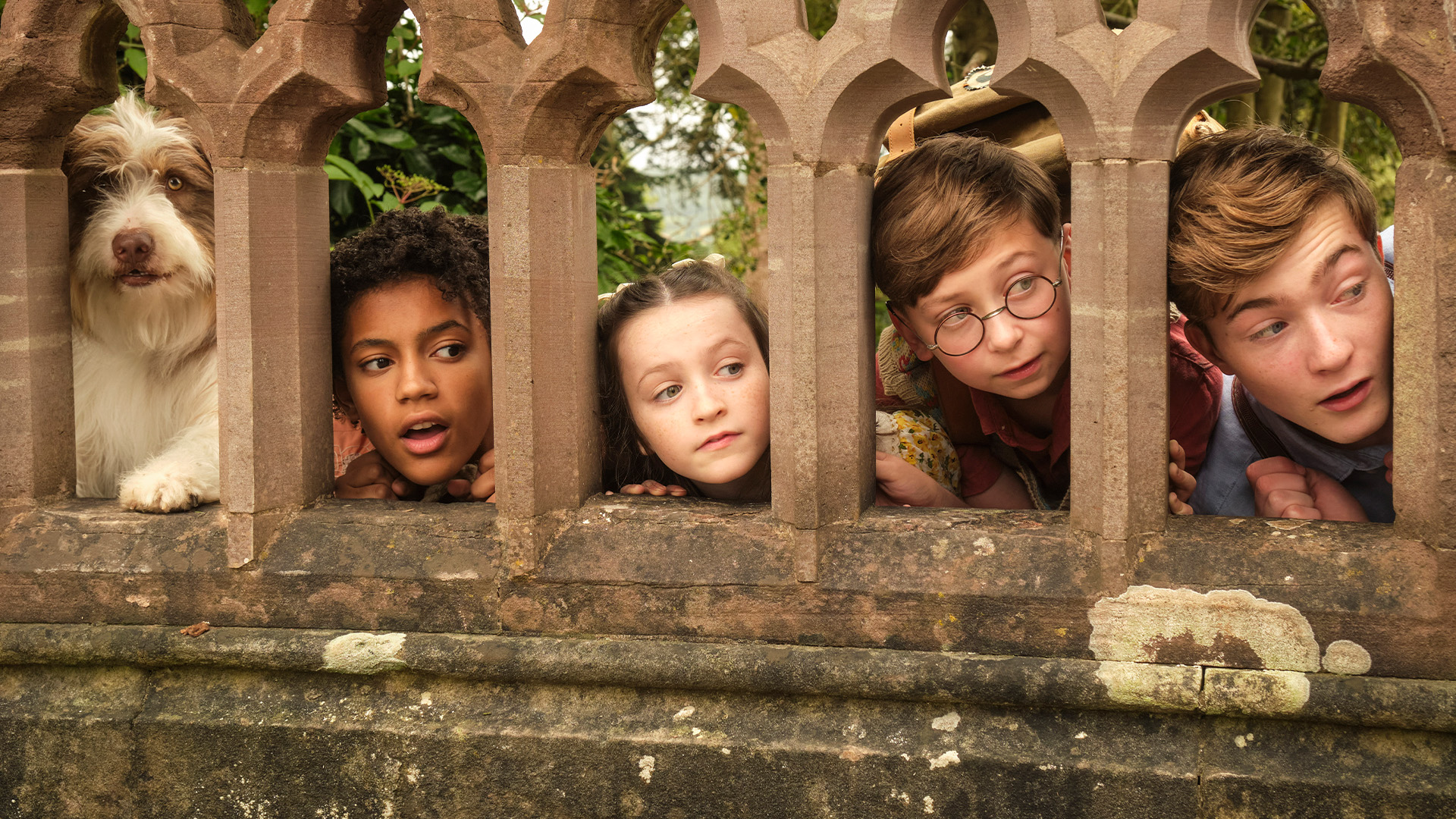
Enid Blyton’s childhood adventurers are back in a new take on The Famous Five – streaming on Stan. The usually more adult-oriented pairing of Nicolas Winding Refn and Matthew Read have managed to create a family-friendly show that feels totally classic, writes Amelia Berry.
Ah, remember summer holidays when you were young? Those endless days. Reading books, wading through sun-soaked fields, exploring the vast mysteries of the countryside. Getting yourself into trouble. Staying up late. Foiling the nefarious plans of an international smuggling ring. And of course, lashings of ginger beer.
Well, maybe that’s not quite your personal experience, but after decades of novels, a handful of adaptations, and a few notable knock-offs (looking at you Scooby-Doo), Enid Blyton’s Famous Five novels have secured the author’s pastoral English crime-busting fantasy an enduring hold on the minds of people all over the world.
In the past few years though, you’d be forgiven for thinking the Famous Five phenomenon was dead and buried; reduced to middlebrow parodies like ‘Five go Gluten Free’ and ‘Five on Brexit Island’. Thankfully for the real Five-heads out there, the BBC have taken the series back to its adventurous roots with a new set of three 90-minute adaptations, helmed by Matthew Read and Nicolas Winding Refn.
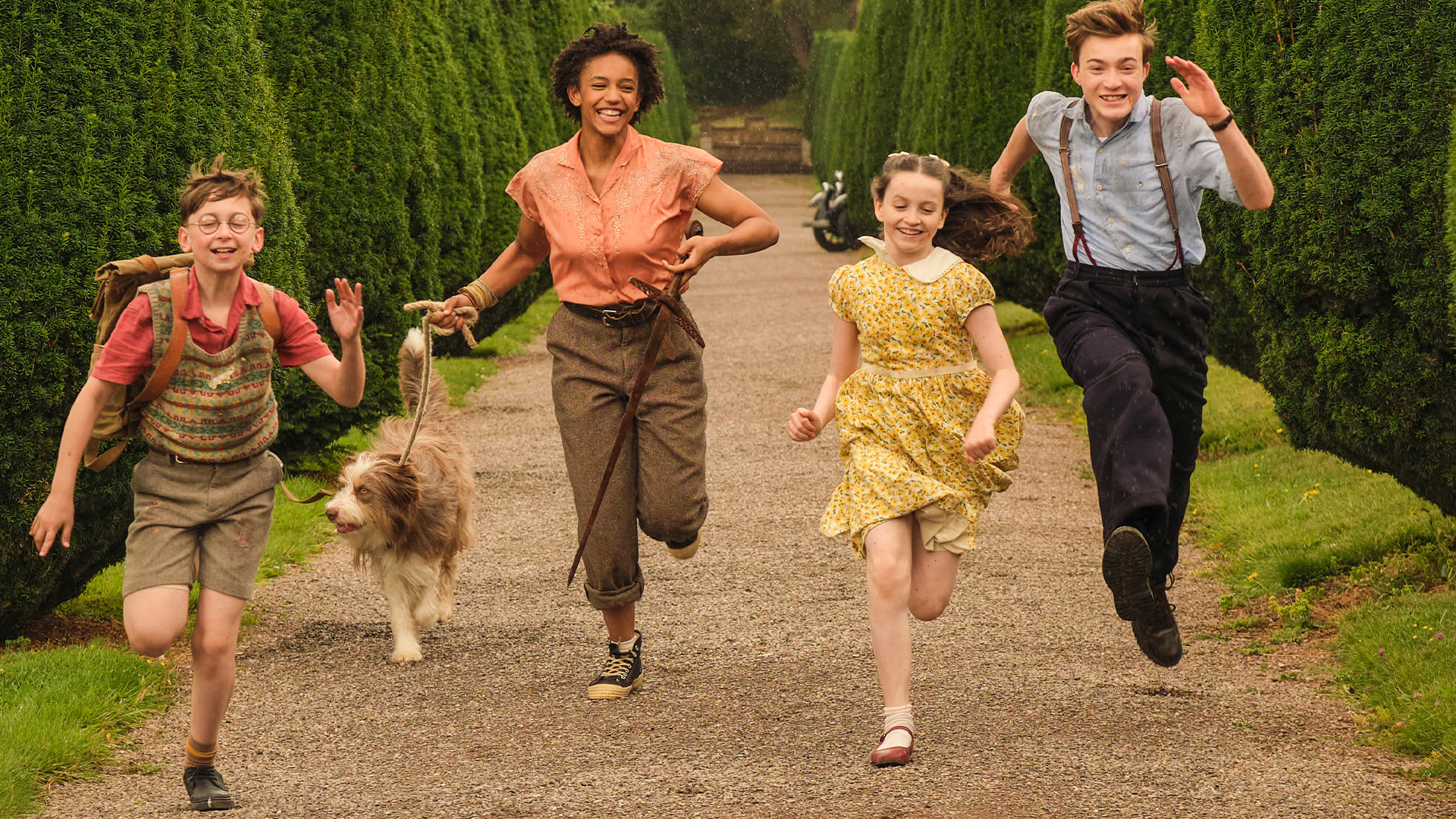
Now, if you know anything about Refn, this seems like an odd choice. His best known films—Drive, The Neon Demon, Only God Forgives—are distinctly adult fare. Regarded for their saturated neon palettes and extreme violence, in an interview with The Guardian, Refn once said “It’s like pornography. I’m a pornographer. I make films about what arouses me. What I want to see.”
Read’s work is hardly more PG. Principally known for producing Peaky Blinders, he’s worked with Refn in the past, acting as producer on the aforementioned Neon Demon and Only God Forgives.
So does that mean Read and Refn’s Famous Five will be driving around committing horrific crimes and gazing into the unspeakable void at the heart of being? Actually, no! Not at all!
The pair have worked to create a shockingly faithful adaptation of the source material. If there is a recognisable influence from Refn, it’s in how lushly filmic the show feels—beautifully photographed and with truly remarkable attention to detail in the sets, every location feels authentically 1940s and absolutely lived-in. The Five’s headquarters is smothered in dusty rugs, battered hardback books, and wonderfully strewn nicknacks.
The soundtrack is also deeply Refn. A wash of twinkling synth arpeggios and sinister electronic washes gives the show a slightly dream-like feel, working surprisingly well with the definitively pre-synthesiser on-screen world. It shouldn’t come as much surprise that it’s composed by Ben Pearson and Julian Winding, the latter being Refn’s brother and the writer of The Demon Dance from Neon Demon.
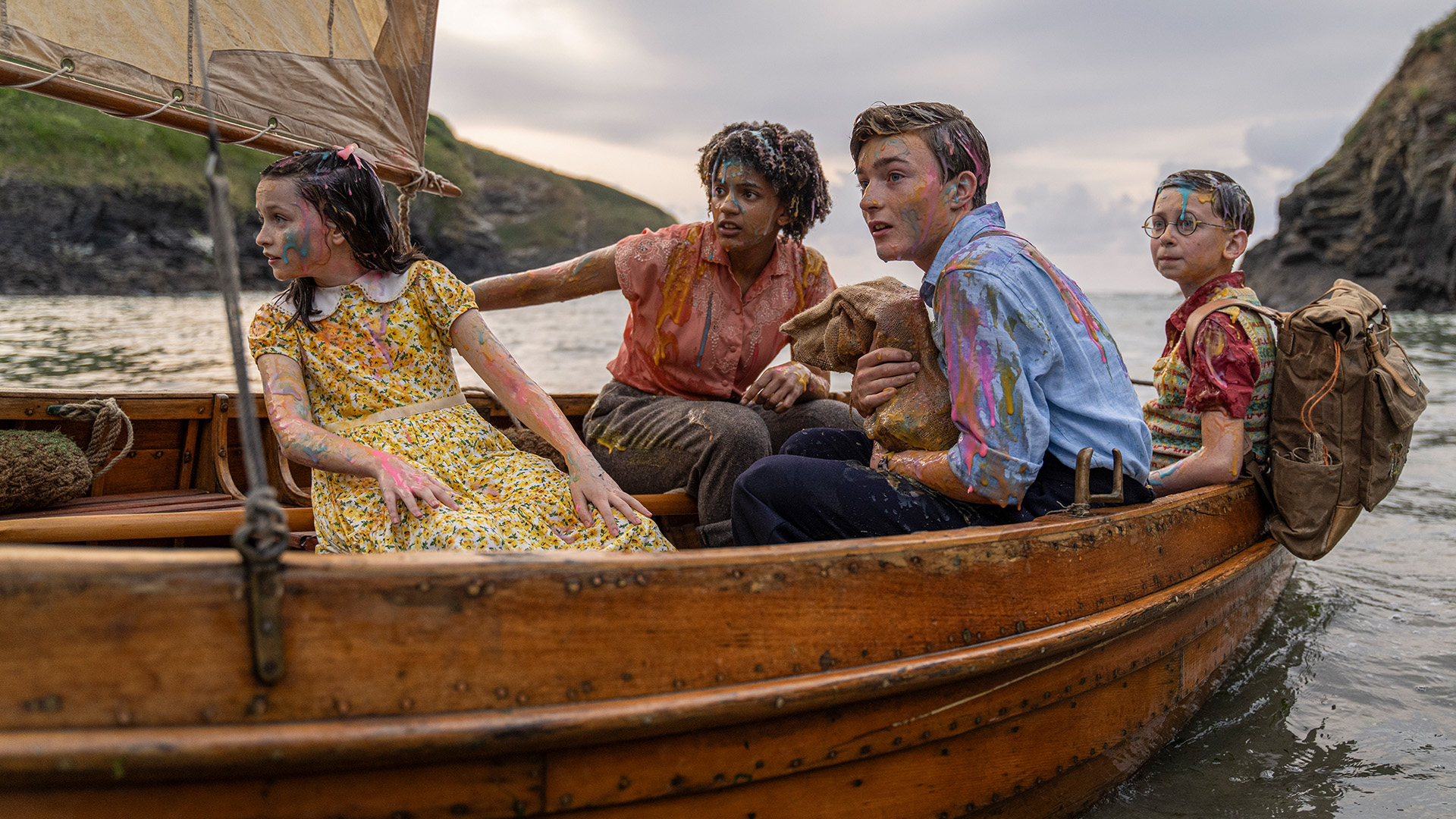
Reading the pair in conversation with Tara Conlan for The Guardian, it’s clear that Read and Refn wanted to try something different and more personal for The Famous Five.
“We forget how beautiful it is to be a child when we get older, and how simple things can be so meaningful. Everything is so complicated when you get older,” Refn says. “That was the core of this: how do we turn The Famous Five not into just another exciting storyline but more of a fantastique? Something magical, something relevant on a larger philosophical level?”
Watching the show, they really have succeeded in elevating this Famous Five above just another rote adaptation. There’s a level of genuine danger that feels true to the original—we barely get introduced to the characters before George asks “do you want to see a dead body?”. There’s also a newly introduced supernatural element, which is probably light enough to appease the purists, but allows the series to stretch more into the weird, the sinister, and the philosophical.
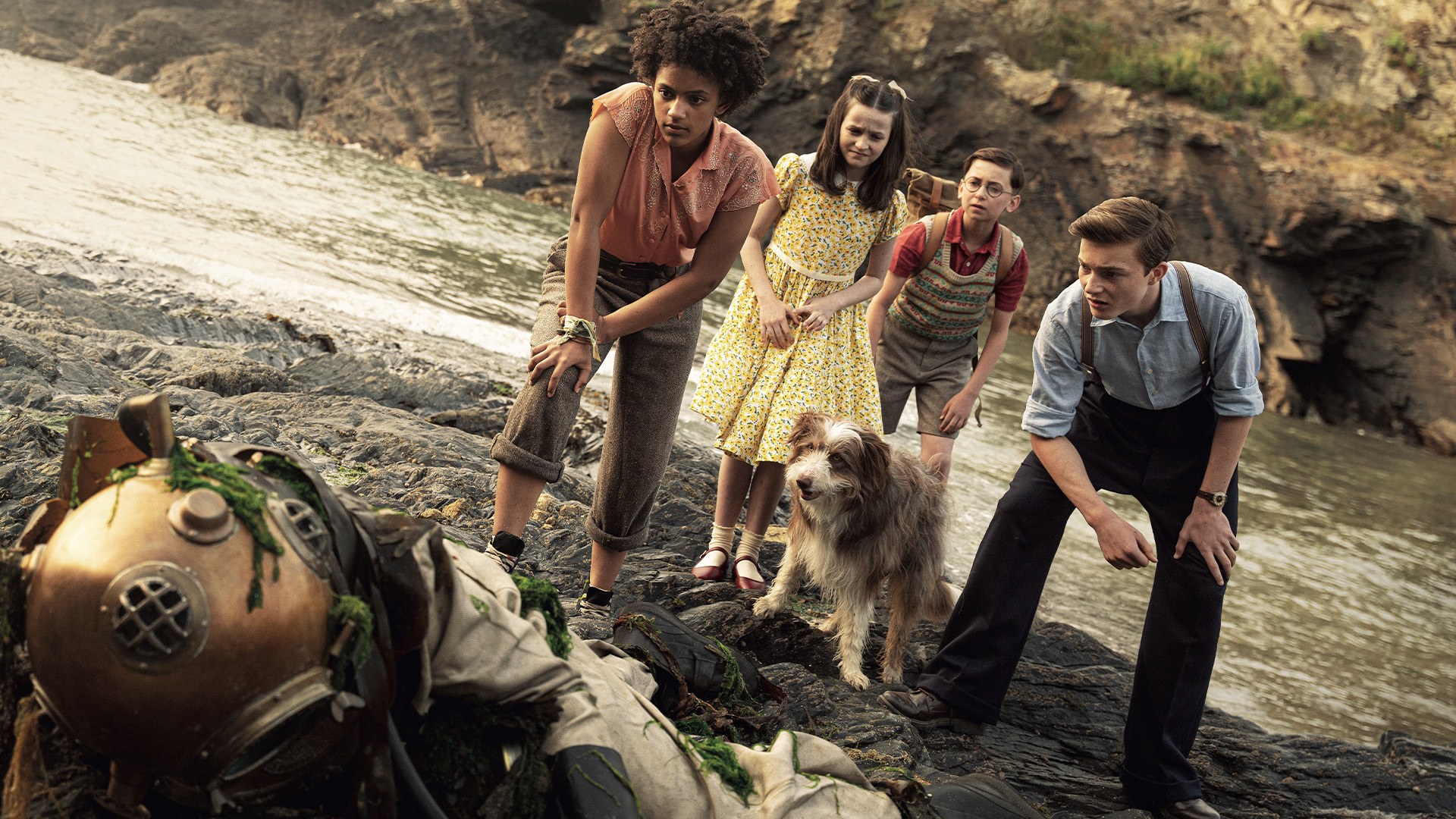
All in all, it feels something close to the best-loved UK children’s programming of the 1970s—Children of The Stones, The Changes, Sapphire and Steel, or the best bits of Doctor Who. It’s all about smart, curious children with surprisingly absentee parents, who are determined to get neck-deep in something they don’t really understand, usually with horrifying results.
The first episode introduces us to our five—siblings Julian (responsible), Dick (brains), and Anne (brat), along with rambunctious tomboy cousin George, and, of course, Timmy (dog). After a man dies while diving off of Kirrin Island, the gang begin investigating the supposedly cursed Templar castle on the island, only to find themselves smack in the middle of a nefarious scheme by a wealthy local occultist (Jack Gleeson).
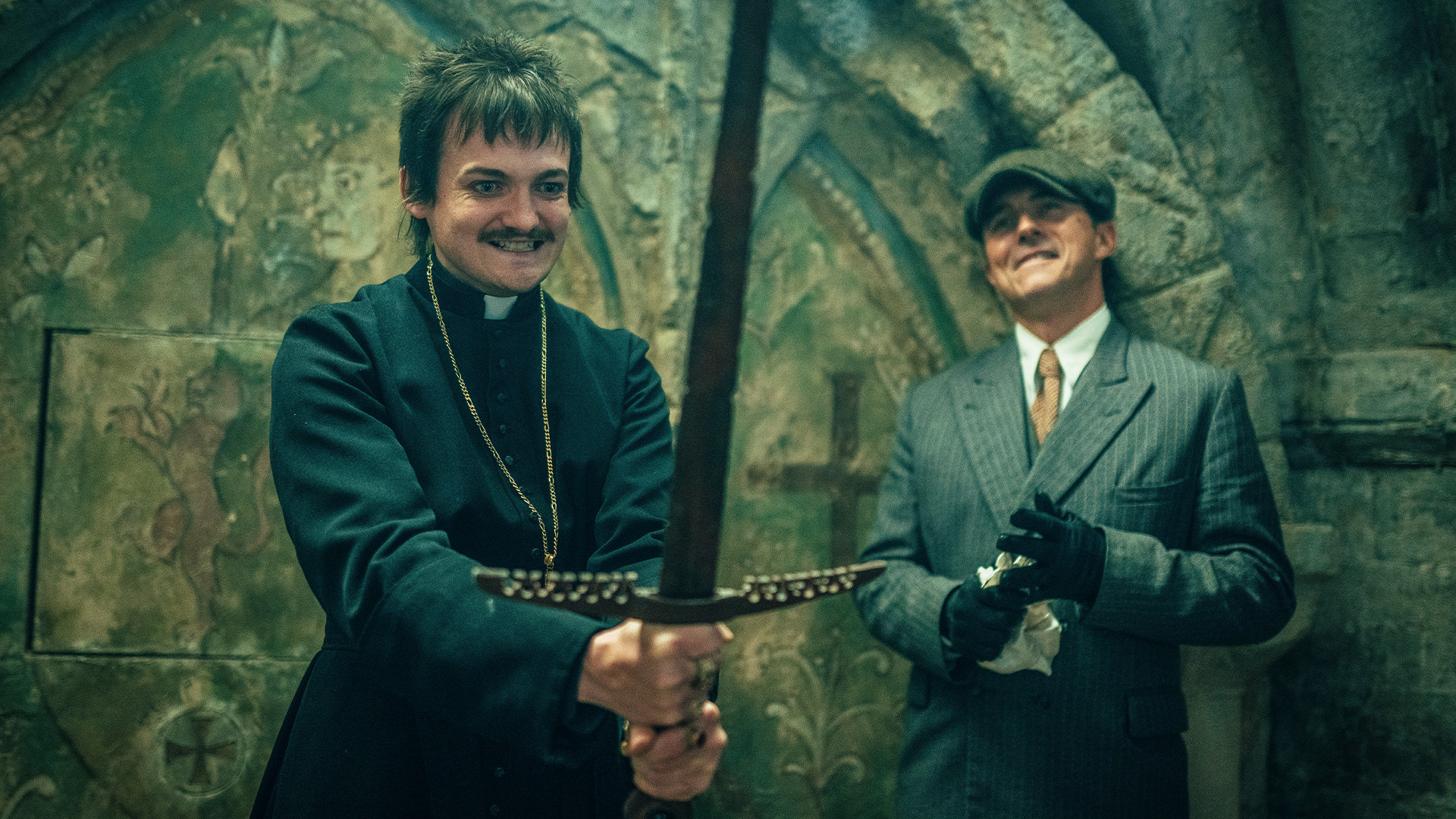
Gleeson (who you probably know as Joffrey from Game of Thrones) really shines as a kind of pantomime ’40s gangster figure, and there is evident delight whenever he gets to don a disguise or do something despicable. And while all the child actors hold their own, it’s Diaana Babnicova’s George that’s really the star of Refn’s adaptation, embodying the spirit of the show.
“What’s so great about being normal?” Refn told The Guardian. “George is very inspired by my youngest daughter who has this notion of: ‘Why do I have to conform? Why do I have to be what everyone tells me to be?’ If I were to tell any child what they should look out for in the world, it’s to never not be themselves.”
Of course, it would be remiss not to mention the Blyton baggage—whose books were once described as “slow poison” by children’s literature scholar Margery Fisher. It’s worth remembering that Blyton was banned from libraries for writing dreary, repetitive books (allegedly!) many years before she was ever even censored for her parochial racist views. This adaptation, thankfully, avoids both problems handily.
For those of us with nostalgia for The Famous Five’s jolly-hockey-sticks charms, this adaptation will go down like a glass of ginger beer on a hot summer’s day. Despite all the changes to the source matter, Refn and Read have managed to create a show that feels totally classic—sometimes hammy, sometimes scary, sometimes thoughtful, sometimes wholly irreverent, but always totally keyed into a childlike sense of wonder and adventure. Move over ‘Five Get On The Property Ladder’, there’s a new gang in town.



















